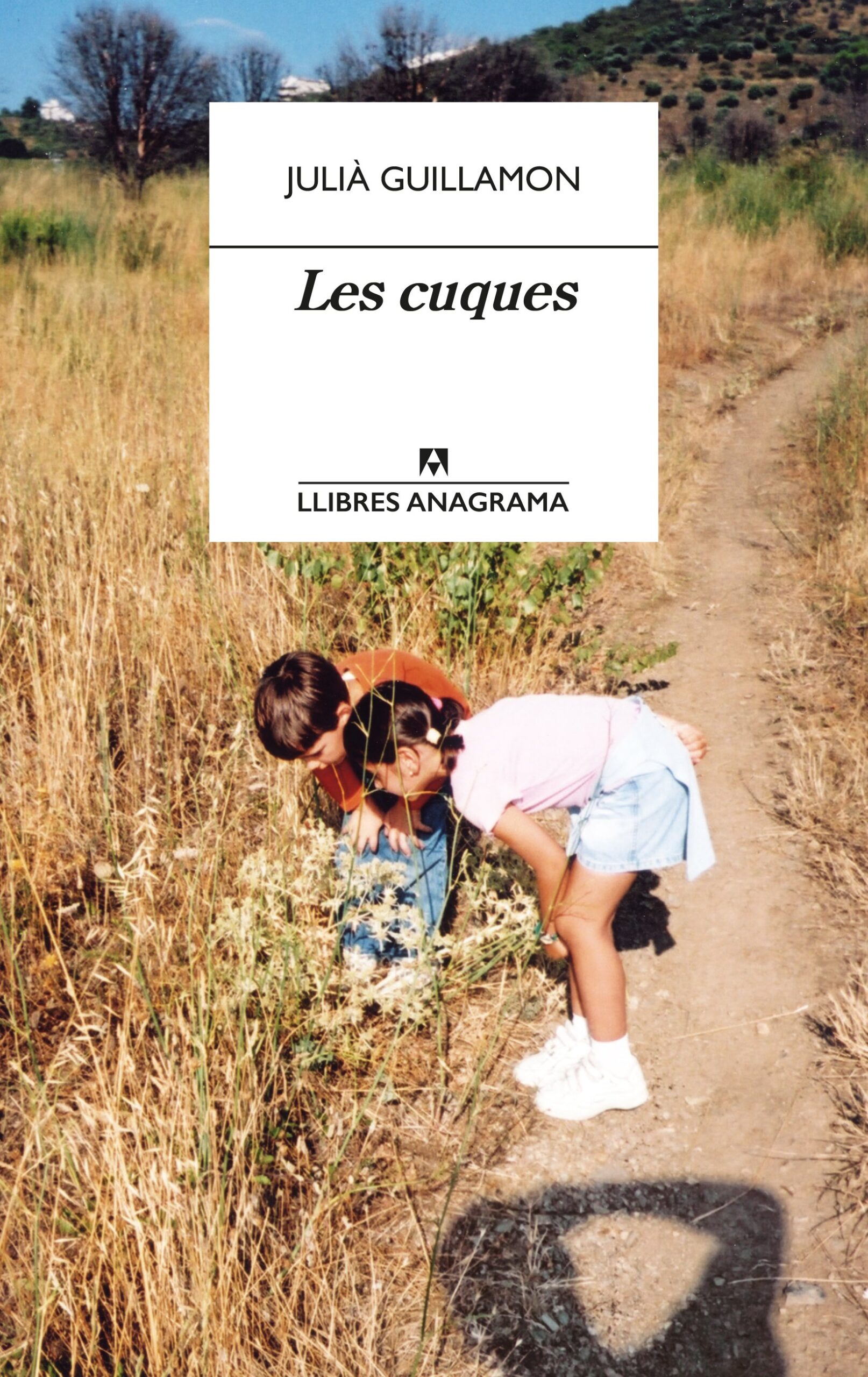Stuck in the city during the scorching last week of July, the narrator remembers a scene from
many years before: children playing in a street in the village and, from time to time, finding a
half-dead rhinoceros beetle next to the pavement. The episode was repeated on certain nights
in July: precisely at that moment, and he wasn’t there to see it. His partner was sleeping in the
adjoining bedroom, recovering from a stroke. The narrator feels like that rhinoceros beetle from
his childhood: a wounded animal, knocked over by life, always missing a leg, scarcely moving
and not managing to get off the ground.
Spanning three summers, “Winter butterflies and other nature stories” portrays the world of family relationships, drawing parallels with the insects which creep and crawl around the fields and
woods, and coexist with people. Three main characters underpin the story – a man, a woman,
and their son. Their goal: to return to the woods at the end of a long recovery process.
With extraordinary sensitivity, Julià Guillamon takes us with him to the foot of a lime tree at the
height of pollination, to a small square opposite a hostel where flying ants are swarming, to an
abandoned country house where the most beautiful butterflies suck up the juicy flesh of plums.
” Winter butterflies and other nature stories “ begins as a story about animals, but later they take
second place and the insects are the people. These bugs, real and extraordinarily documented,
in this book, are a symbolic element connecting the living with the dead, a memory bridge which
links the dreamlike world of childhood with the disillusionment of adults. It is also the border
between the city which has wiped out nature and the rural environment which clings to nature as
the hallmark of a blurring identity.
A re-encounter with the essential, what we are made of and what supports us when everything
seems to be collapsing. Because in taking care of the earth, we are also taking care of
ourselves.
